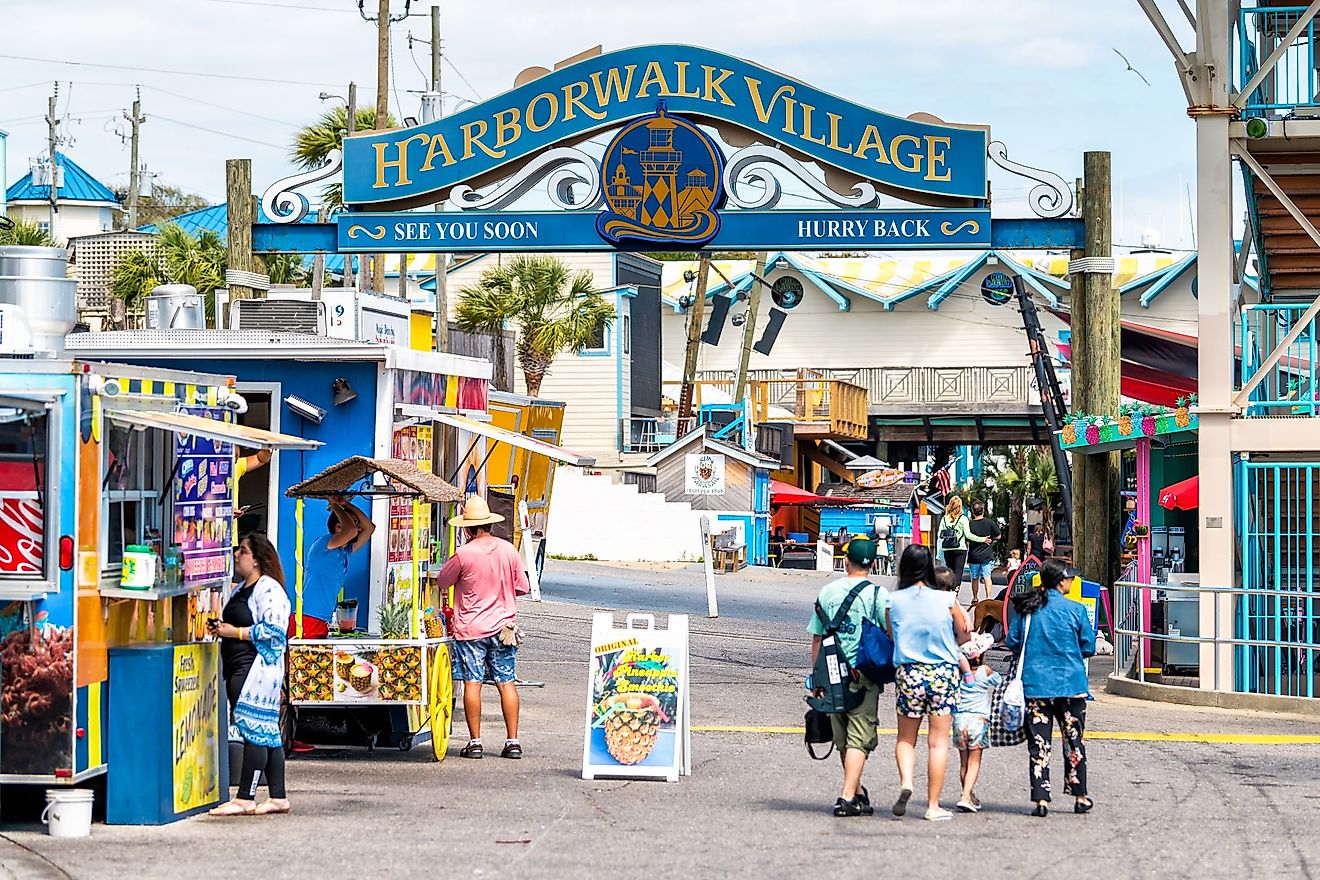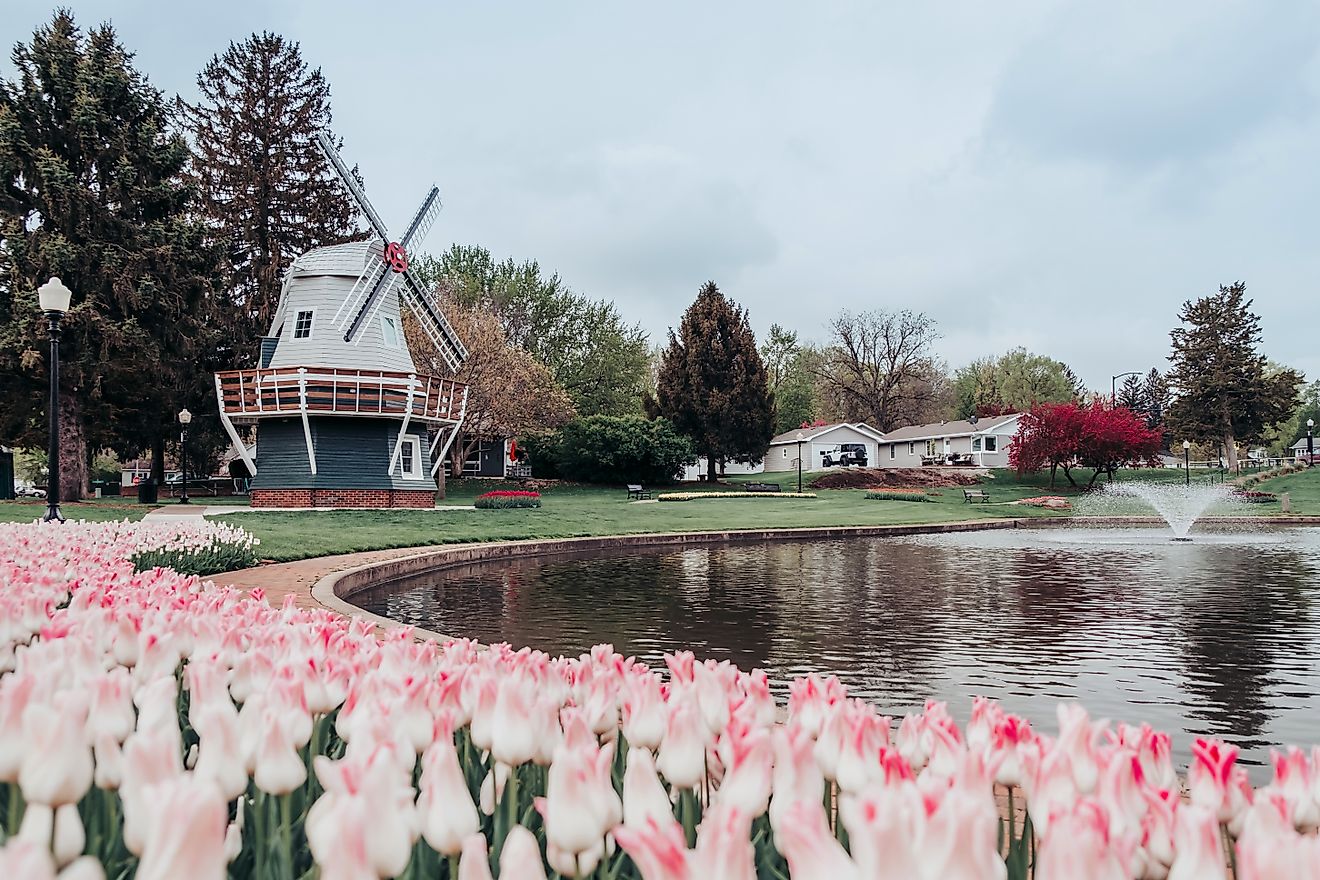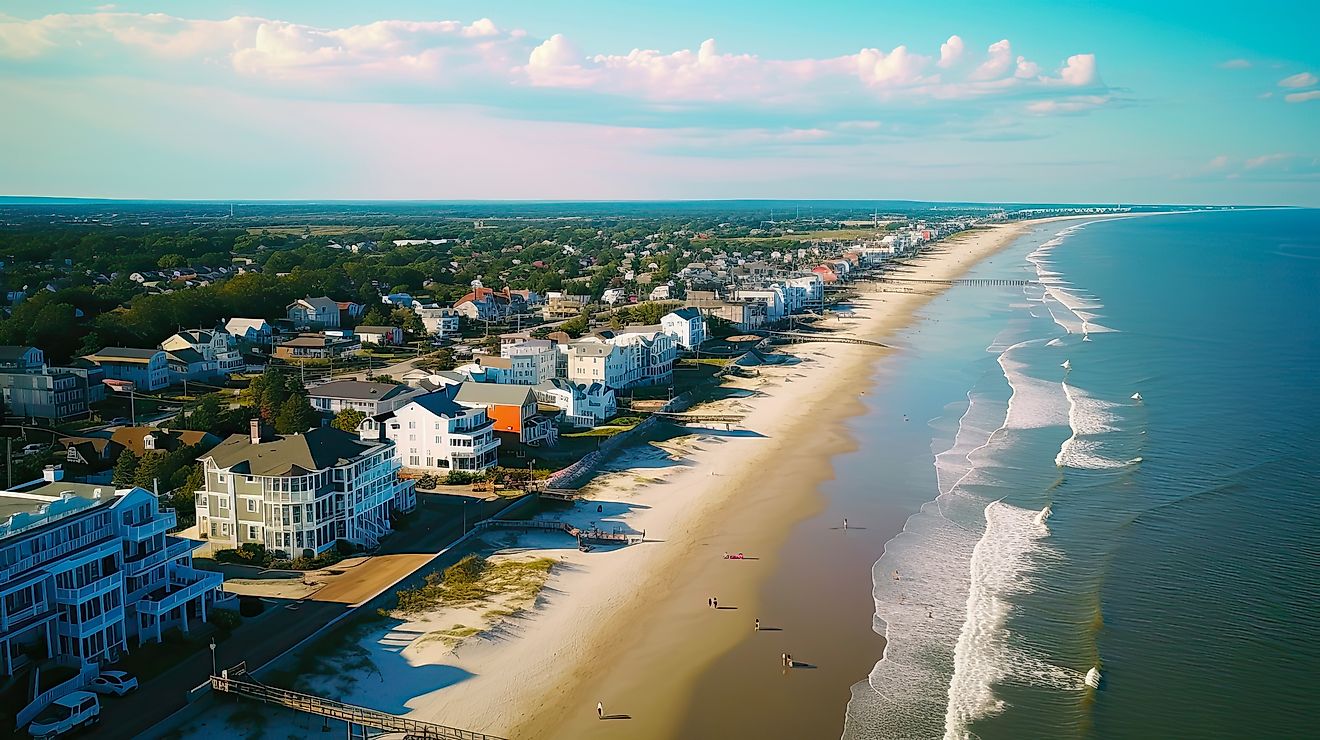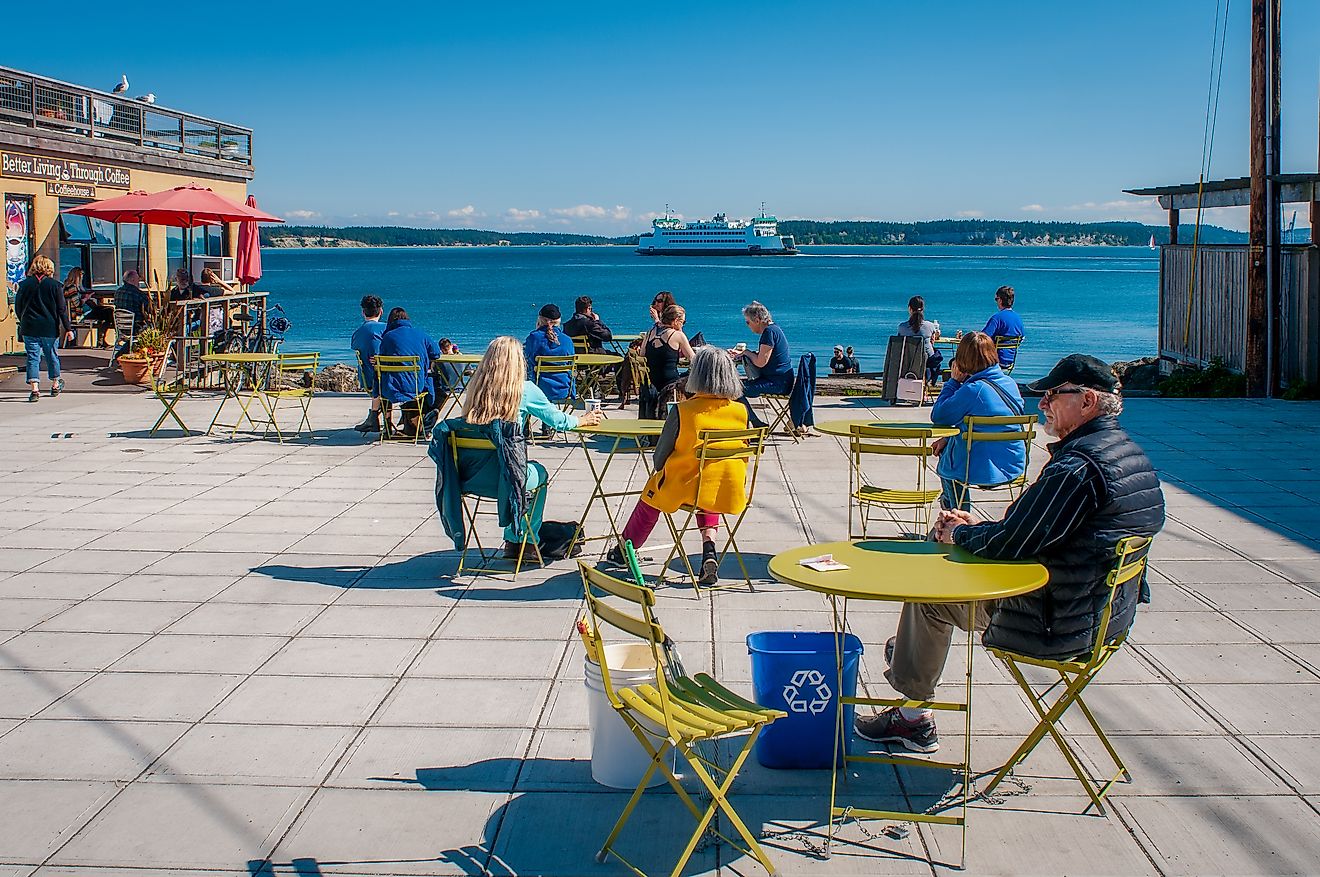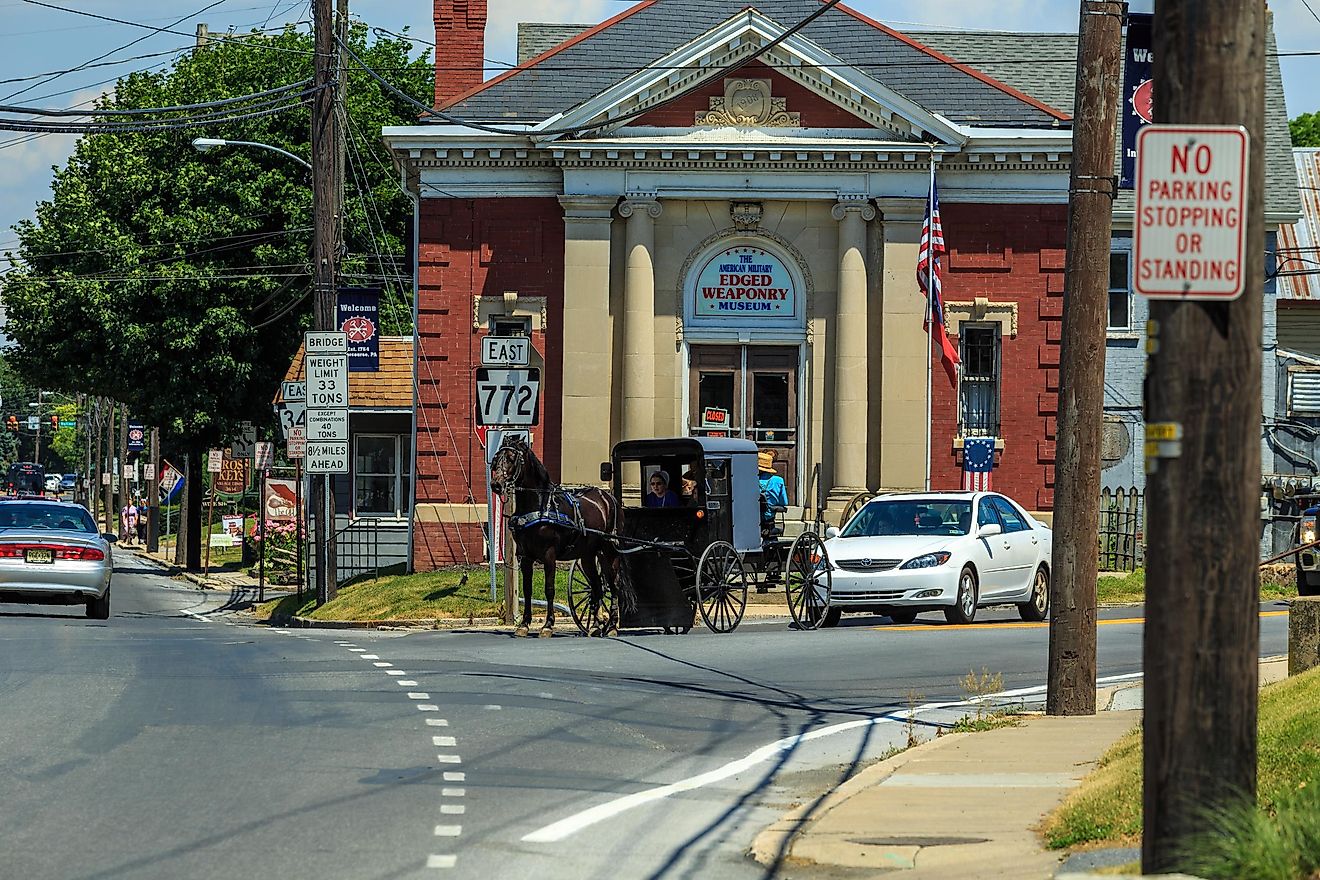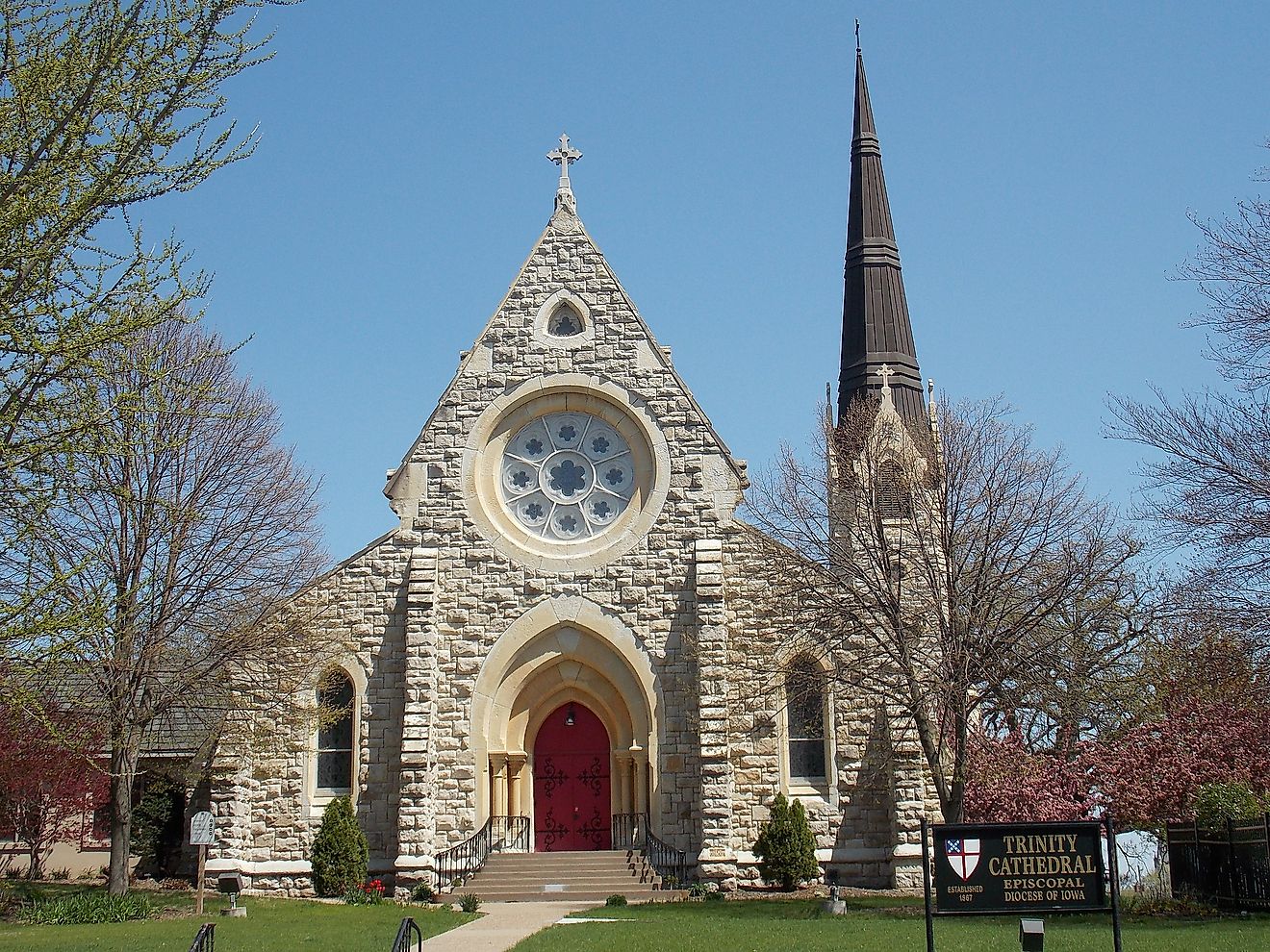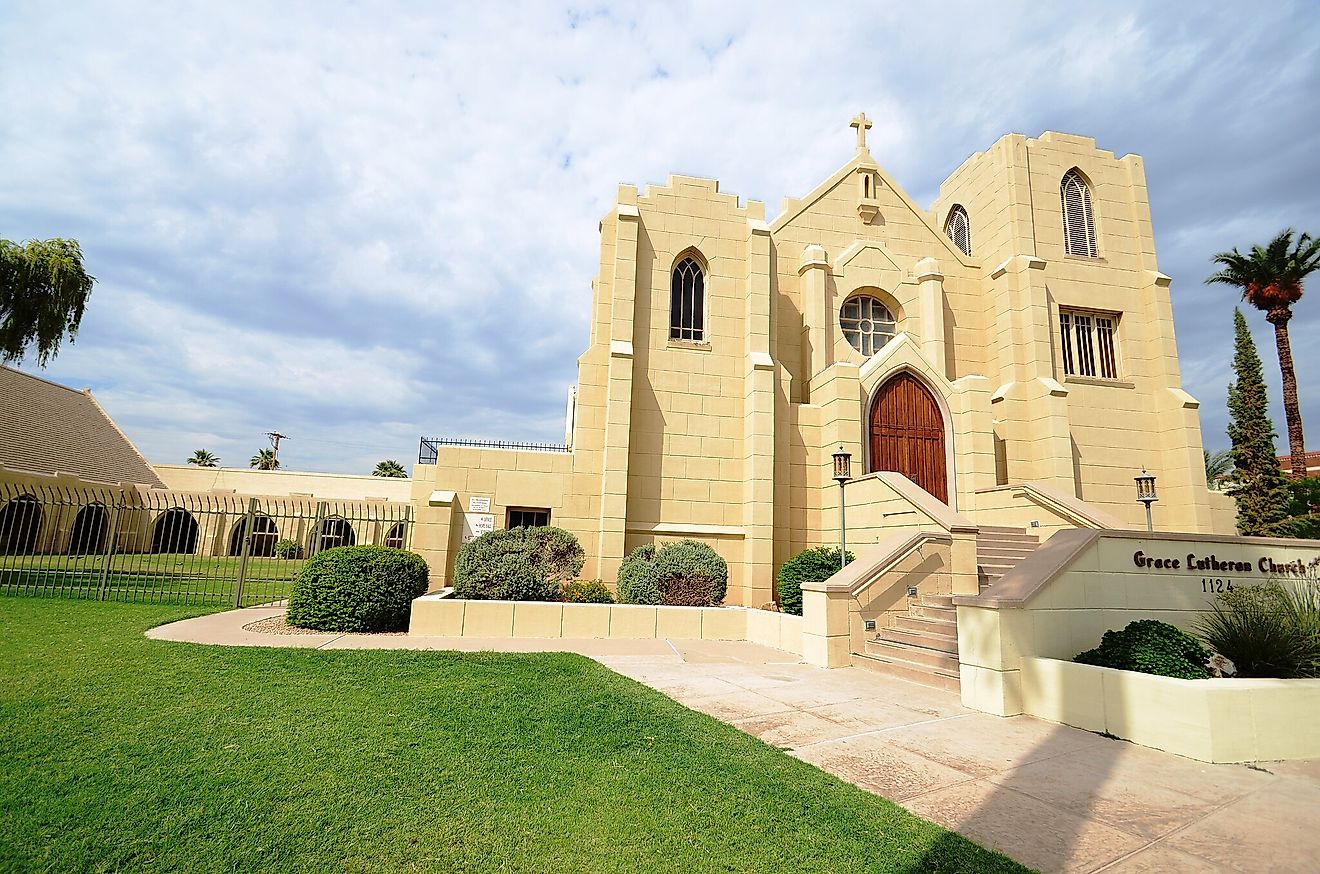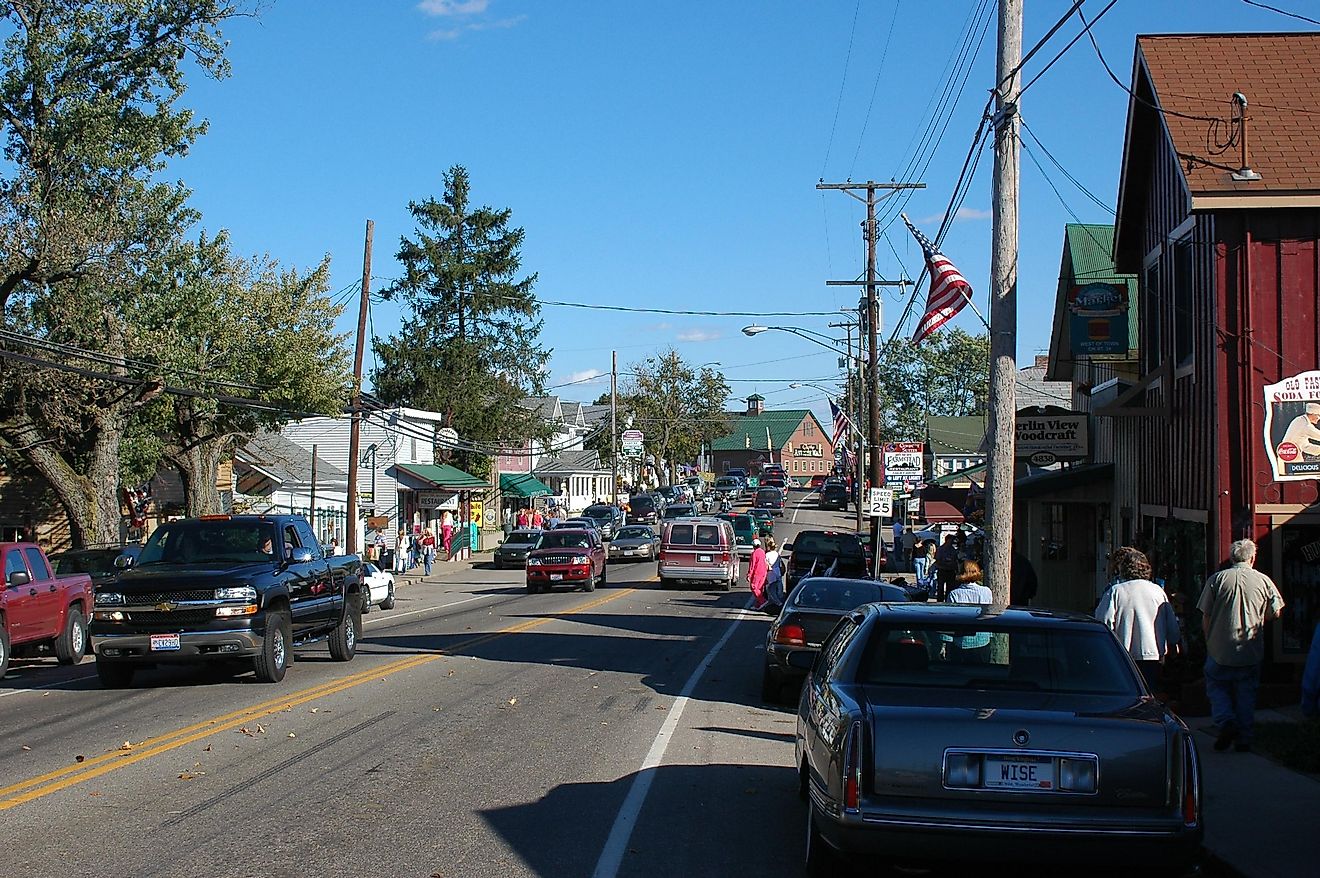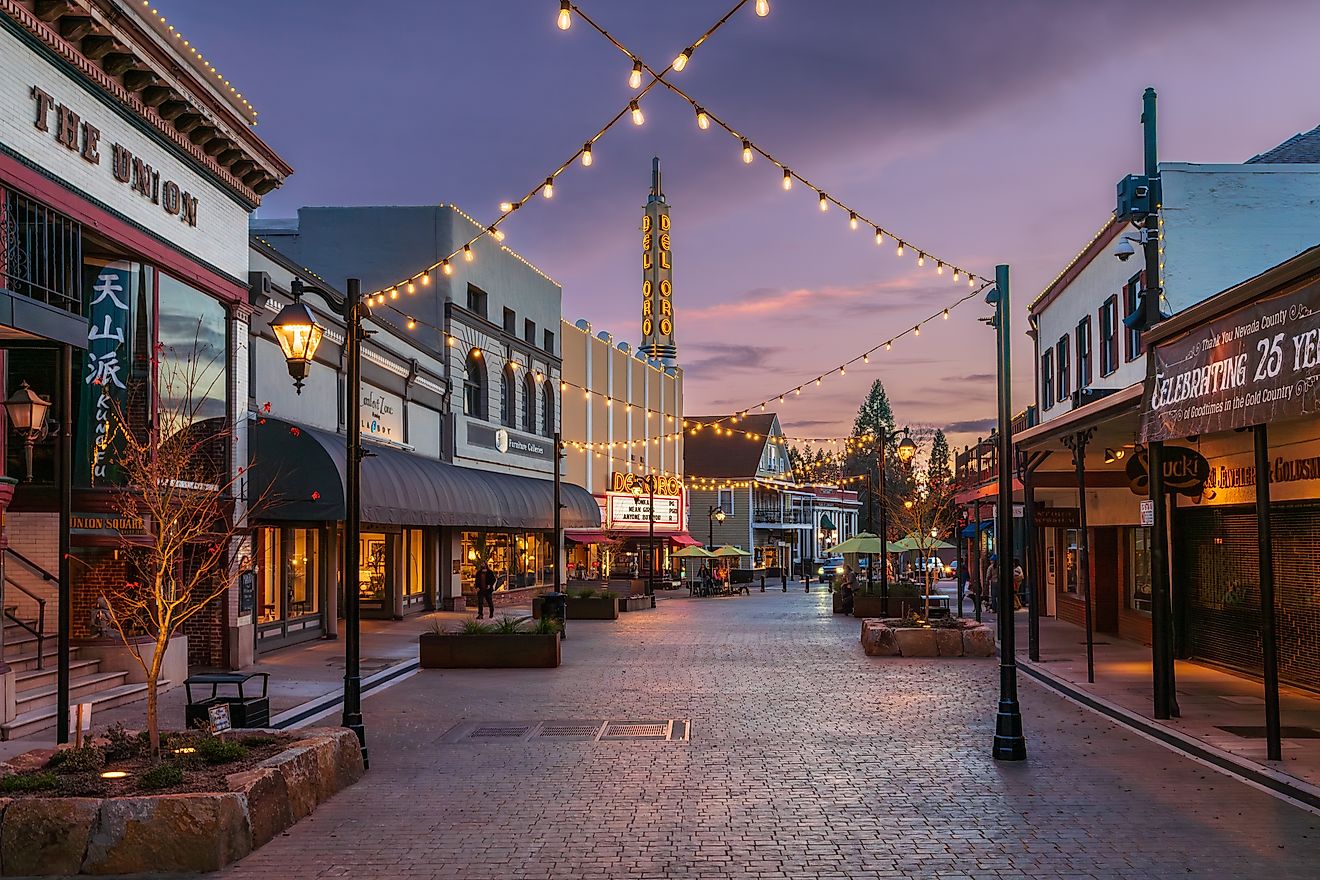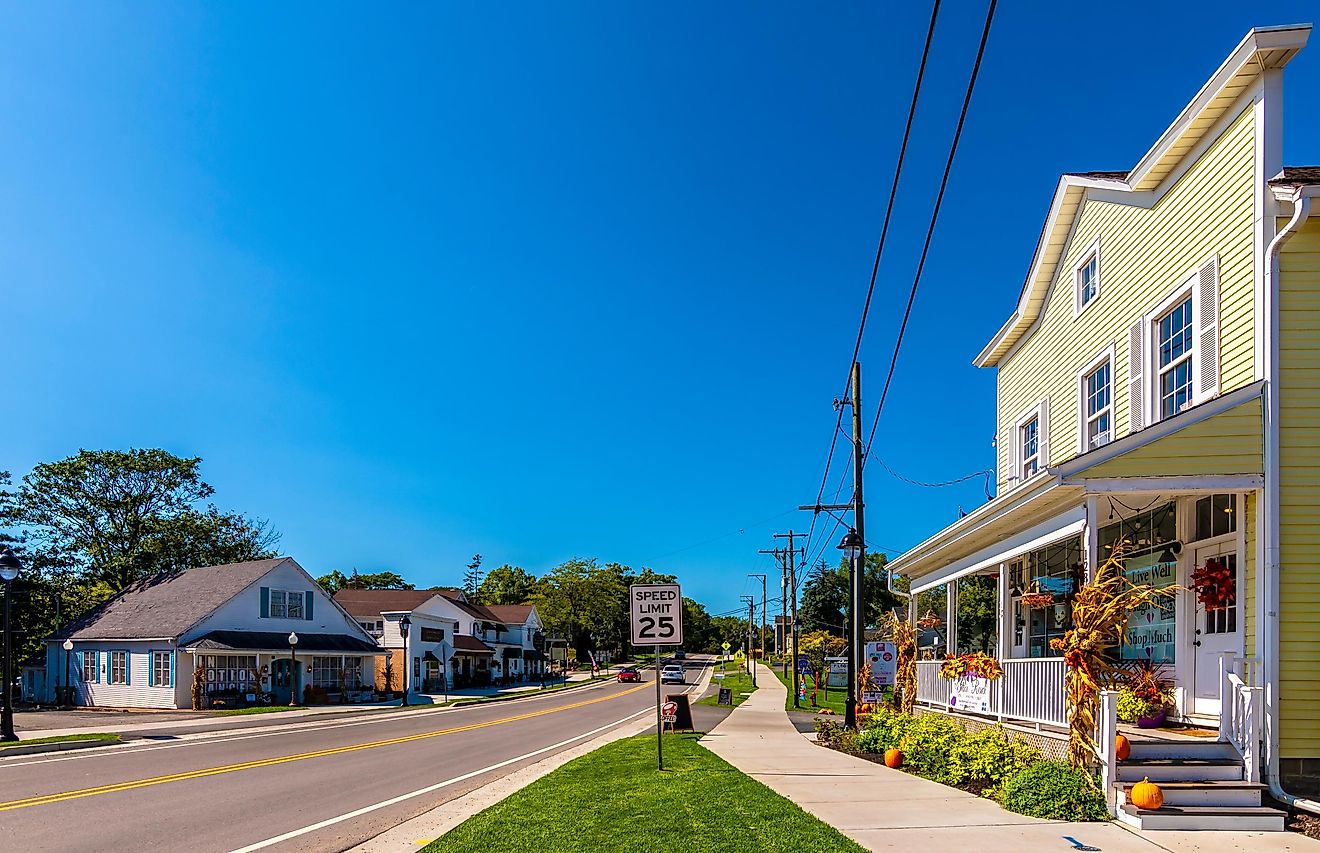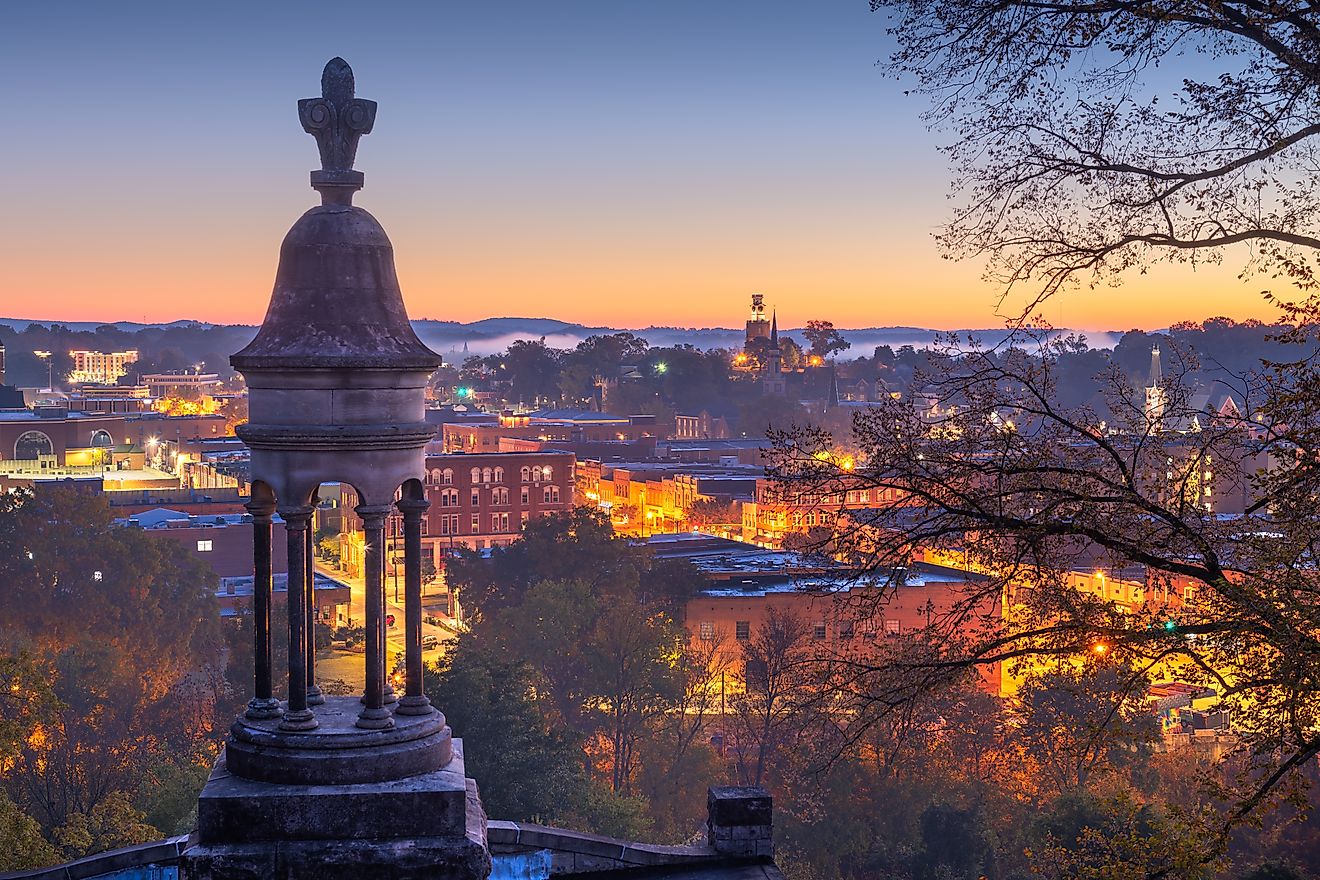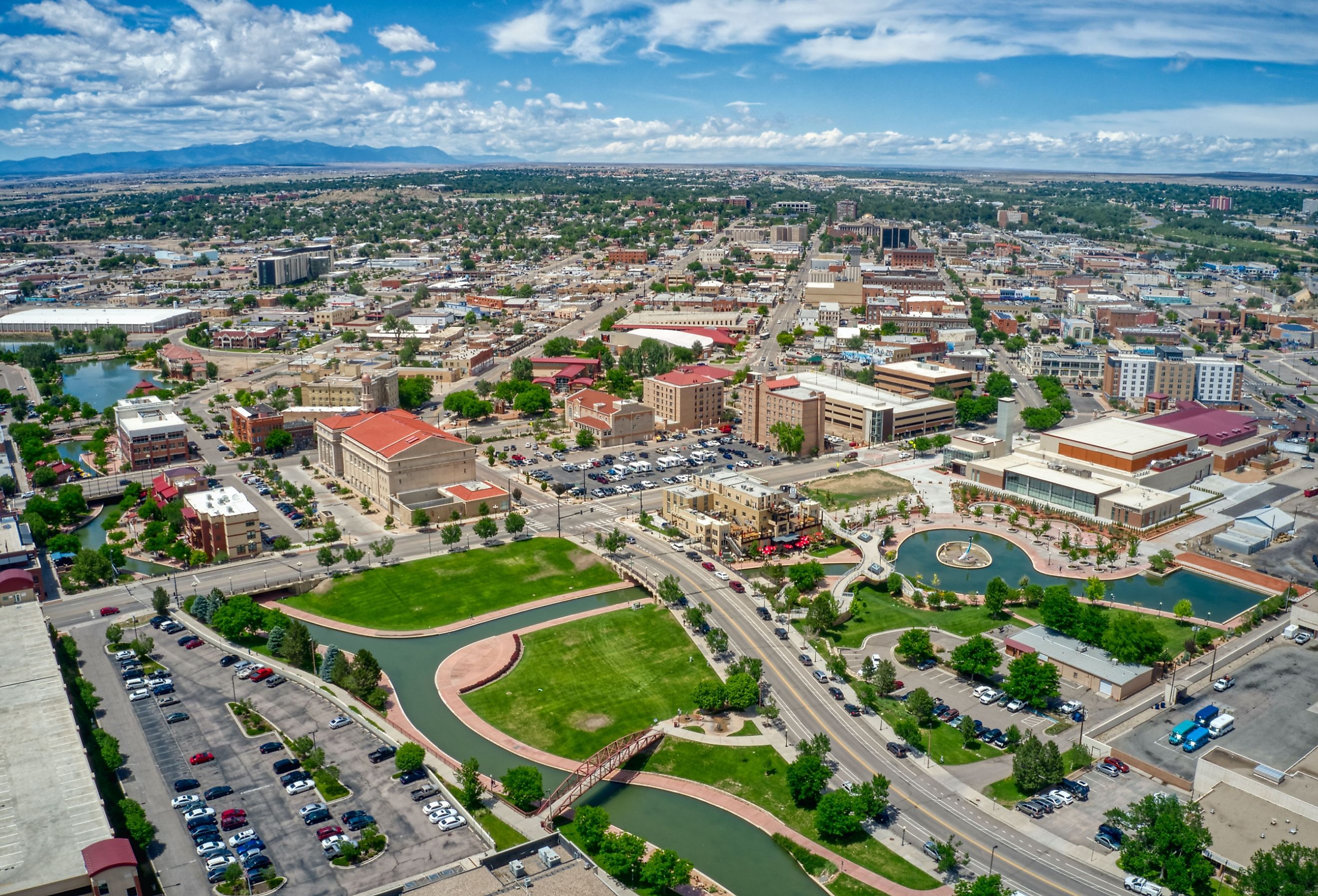
Pueblo, Colorado
Pueblo, the county seat of Pueblo County, is a home rule municipality situated in the south-central portion of the US state of Colorado. Placed at the meeting point of Arkansas River and Fountain Creek, Pueblo serves as the chief city of the Pueblo Metropolitan Statistical Area. Often referred to as the "Steel City," this picturesque city is one of the nation’s biggest steel-producing cities. With lower living costs, health care, transportation, and other facilities, Pueblo is one of the country’s most affordable places to reside.
Geography and Climate of Pueblo
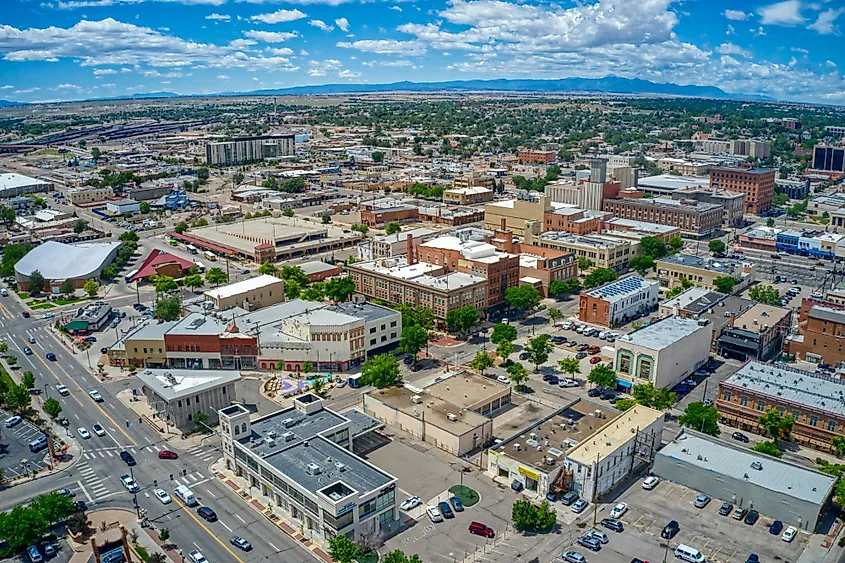
Placed on the front range of the Rocky Mountains, Pueblo is approximately 116 miles south of the state capital Denver. The city is in a high desert area on the western edge of the Great Plains, close to the southwestern tablelands’ ecoregion’s western end. Pueblo covers a total area of 56 square miles with 55.3 square miles occupied by land and 0.7 square miles covered by water.
According to the Köppen Climate Classification, Pueblo experiences a semi-arid climate, with hot, dry summers and cold winters. July is the year’s hottest month, with average temperatures ranging between 62°F to 92°F. December is the year’s coldest month, with average temperatures ranging between 20°F to 48°F. The city receives an average precipitation of 13 inches per year and an average annual snowfall of 25 inches. Due to the city’s location in the "Banana Belt," it tends to receive less snow than other major cities of the state.
Brief History of Pueblo
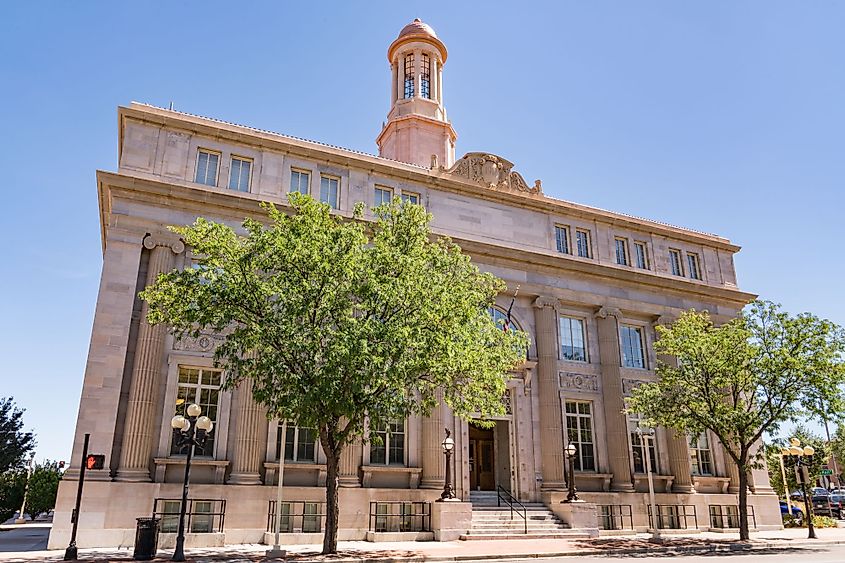
James Beckwourth and other trappers in the area constructed a trading post named El Pueblo around 1842. The trading post was abandoned in 1854 due to hostilities between the settlers and the indigenous people. However, people flocked to the post between 1858 to 1859 during the Colorado Gold Rush. Initially, the present-day Pueblo area consisted of four separate incorporated towns: Pueblo, Central Pueblo, Bessemer, and South Pueblo.
In 1886, these towns consolidated to form the City of Pueblo, which became one of Colorado’s major economic and social centers over the years. For a significant part of the town’s history, the Colorado Fuel and Iron Steel Mill, located in its southern portion, served as its primary industry. The rapid growth of this Steel Mill attracted several immigrant workers to the town at the beginning of the 20th century. However, the company declined after the steel-market crash of 1982.
Population and Economy of Pueblo
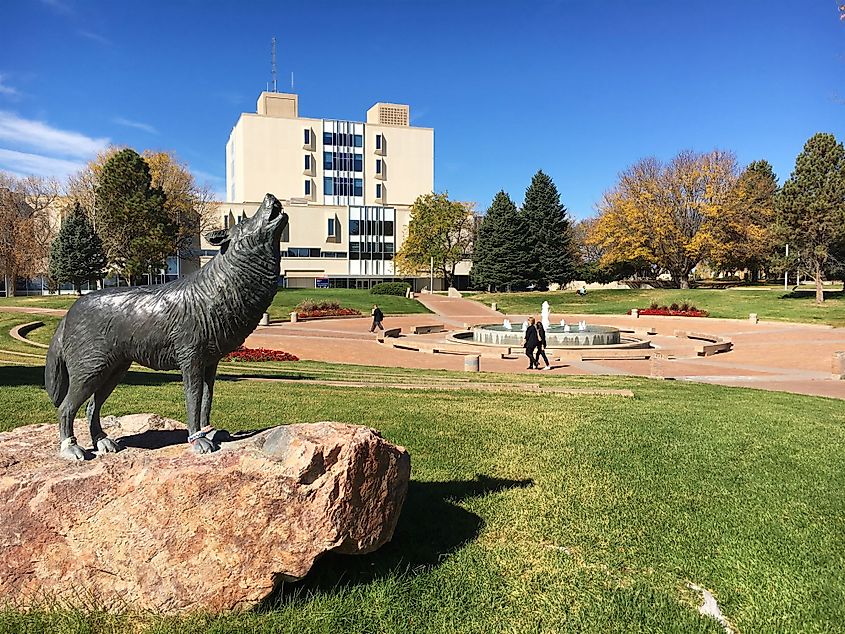
As per the latest US Census, Pueblo has a population of 111,776 residents with a median age of 38.2. It is currently Colorado’s 9th and the nation’s 273rd most populous city. The top ethnic groups in Pueblo include White (Non-Hispanic) at 44.2%, White (Hispanic) at 31.2%, Other races (Hispanic) at 10.2%, Two or more races (Hispanic) at 4.49%, and American Indian and Alaska Native (Hispanic) at 3.17%.
Pueblo has a median household income of $42,902 and a median property value of $149,600. Moreover, among all the major cities in the state, Pueblo has the most affordable residential real estate. The economy of Pueblo employs about 45,300 people. The city’s most prominent industries include Health Care and Social Assistance, Retail Trade, and Educational Services. The largest universities in Pueblo include Colorado State University-Pueblo and Pueblo Community College.
Attractions in and Around Pueblo
Historic Arkansas Riverwalk
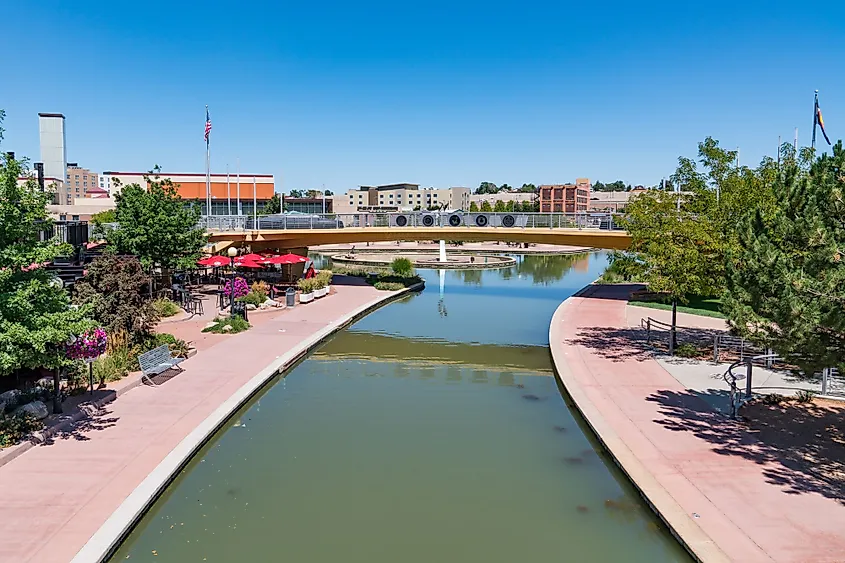
The Historic Arkansas Riverwalk stretches along the Arkansas River in downtown Pueblo. This riverwalk attracts many tourists, and besides offering scenic views, you can learn about the catastrophic Pueblo Flood of 1921.
Lake Pueblo State Park
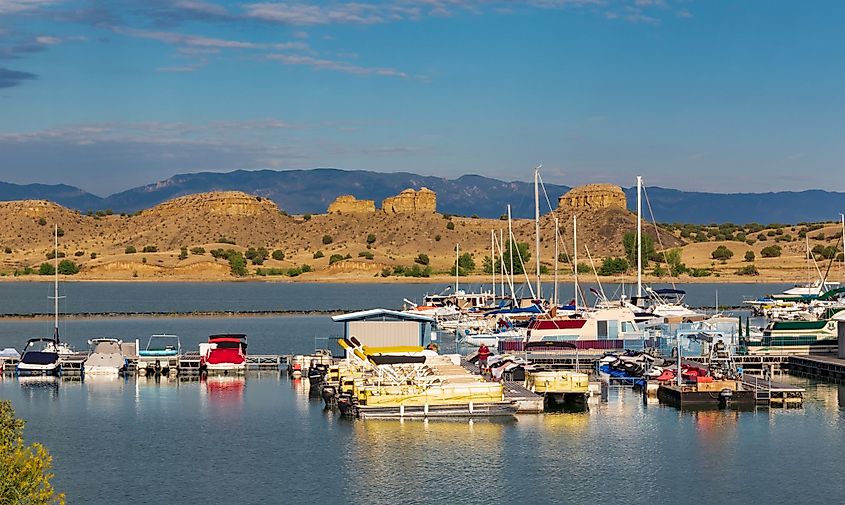
The construction of the Pueblo Dam across the Arkansas River in 1975 led to the creation of Lake Pueblo. The surrounding Lake Pueblo State Park is a popular tourist destination offering several water recreation activities such as motor boating, waterskiing, sailing, and fishing. In addition, many land recreation activities such as hiking, picnicking, biking, and camping are also offered.
Rosemount Museum
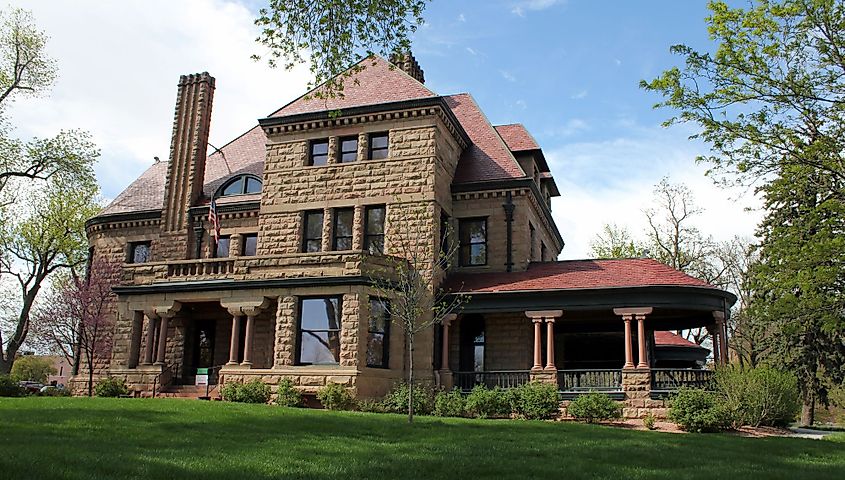
Designed by well-known architect Henry Hudson Holly and completed in 1893, this historic house museum is a popular tourist attraction. This three-story 37-room mansion served as a family residence of John A. Thatcher, who moved to Pueblo from Pennsylvania. To date, the house and most of its furnishings, decorative paintings, accessories, and custom woodwork remain as they were when the Thatcher family resided there. The third floor of the house hosts a collection of artifacts, including an Egyptian mummy collected by Andrew McClelland while on his travels around the world.
In addition to its various tourist attractions, Pueblo is well-known as a popular destination for the Colorado State Fair. Held every year in late August, this state fair attracts thousands of visitors who participate in various events.
